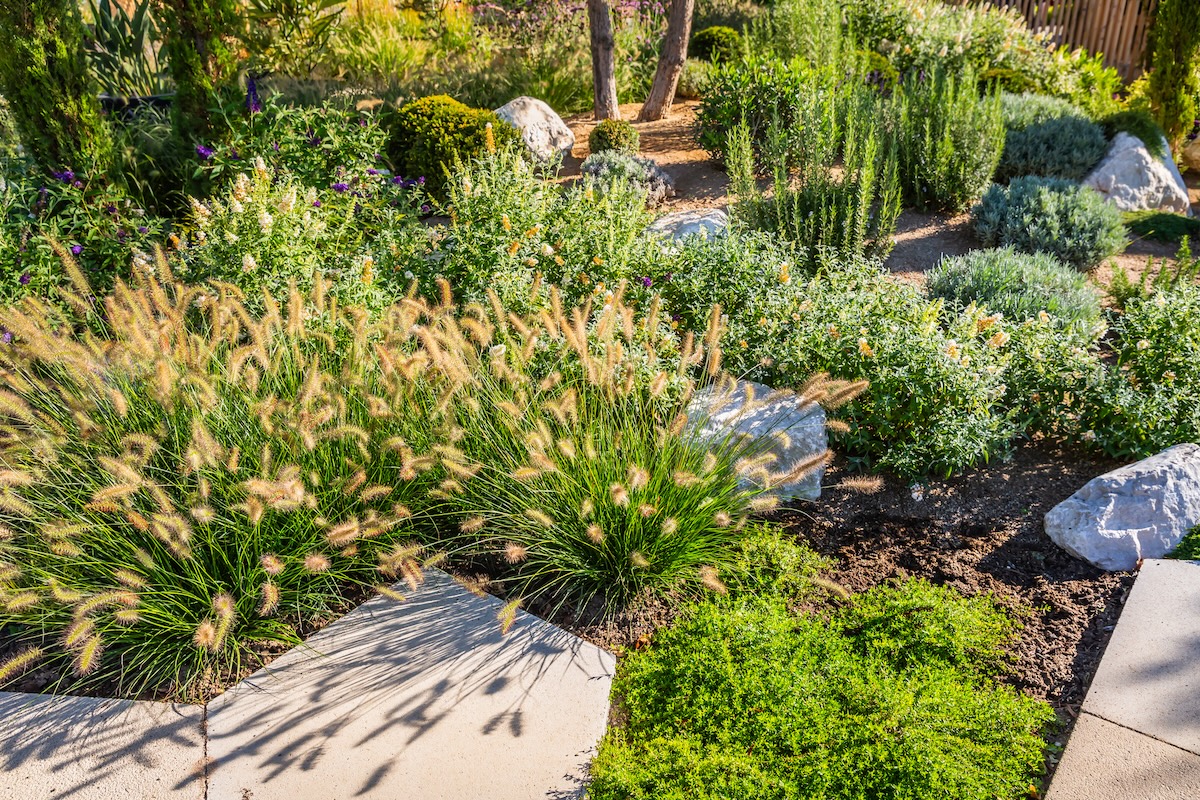Australian native gardens are a great way to create a relaxed, low-maintenance outdoor space that suits the local climate. With the right mix of hardy plants and thoughtful design elements, you can build something that looks good year-round without the constant upkeep.
Why Choose Australian Native Plants?
Australian native plants have evolved to suit their climate, requiring less water, upkeep, and intervention, making them a great choice for a low-maintenance and eco-friendly garden. By working with the natural environment instead of against it, you can create a space that feels organic and settled in amongst the landscape.
Once established, many Australian natives can simply look after themselves—no constant watering, pruning, or pampering needed. They’re tough, adaptable, and won’t throw a fit if you forget about them for a week or two, which makes them perfect for busy households or anyone who prefers a “set and forget” garden.
Our Favourite Low-Maintenance Australian Natives
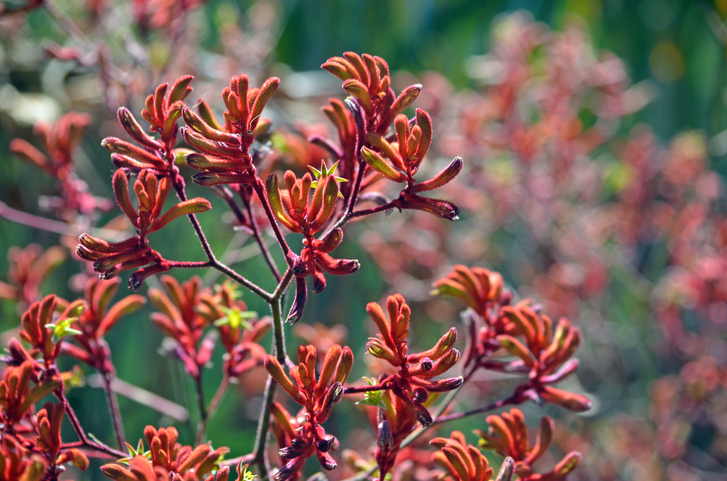
Kangaroo Paw (Anigozanthos spp.)
Known for their distinctive, fuzzy flowers in red, yellow, or green, Kangaroo Paws bring colour and height to the garden. They thrive in full sun, need little water once established, and are great for attracting birds and local wildlife. Just remove old flower stalks to keep them tidy.
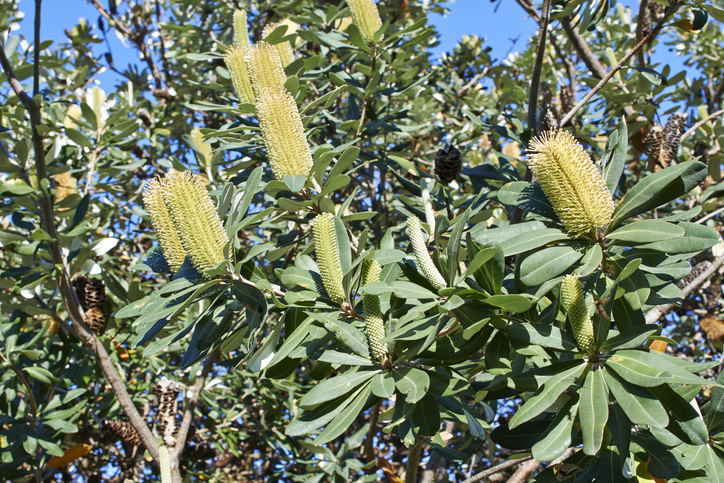
Coastal Banksia (Banksia integrifolia)
This hardy tree or large shrub is great for coastal garden, producing striking yellow flower spikes and helping to support local wildlife. Coastal Banksia is low fuss and handles poor soils and wind with ease.
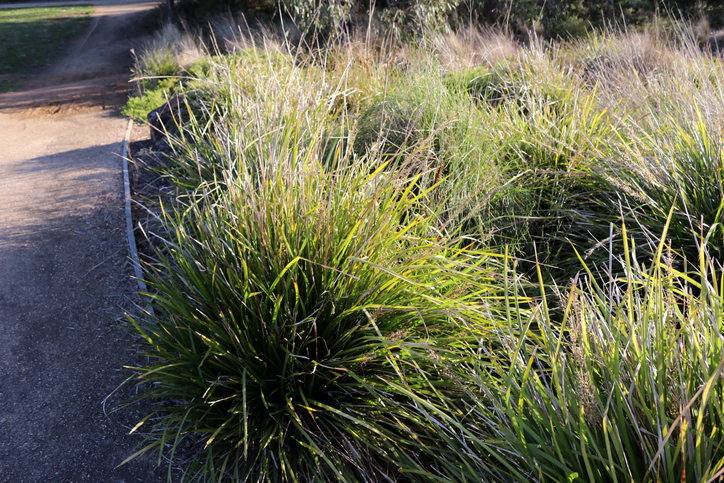
Mat Rush (Lomandra longifolia)
A staple in native landscapes, Lomandra forms dense clumps of strappy green leaves and small yellow blooms. It’s incredibly drought-tolerant, needs minimal trimming, and works well as a border plant or mass planting. A reliable, tidy option that suits both formal and naturalistic designs.

Grevillea (Grevillea spp.)
Known as “Spider Flowers”, these versatile shrubs come in all shapes and sizes, offering year-round flowers that birds love. They’re drought-hardy, low-fuss, and perfect for adding texture and colour. Just give them a light prune occasionally to keep them in shape.
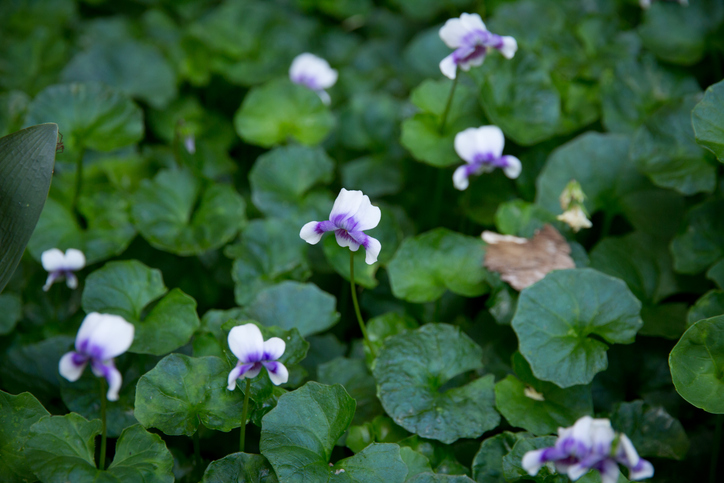
Native Violet (Viola hederacea)
This pretty groundcover spreads easily and produces delicate purple and white flowers through the warmer months. It thrives in part shade, handles foot traffic, and helps suppress weeds. Minimal weeding and no mowing needed.
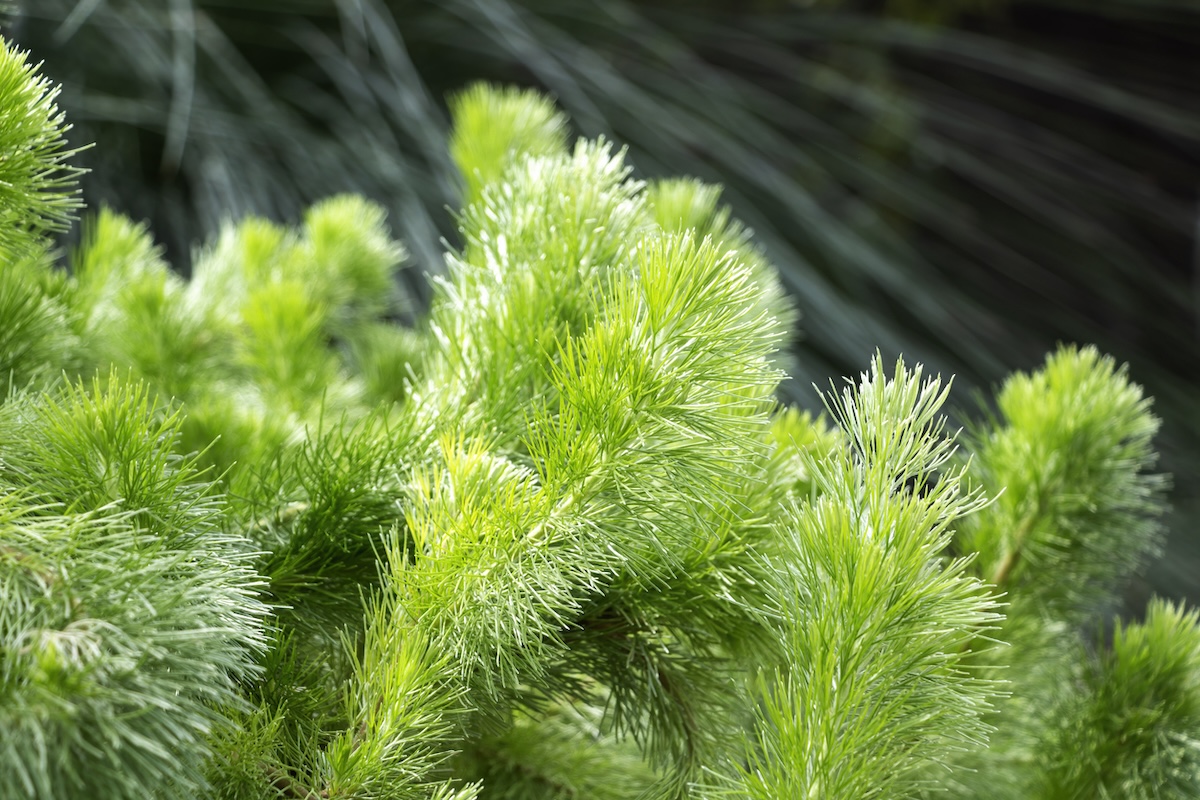
Woolly Bush (Adenanthos sericeus)
With soft, silvery foliage and a natural, fluffy form, Woolly Bush can add some textural variety to your garden. It’s fast-growing, wind-tolerant, and needs little upkeep, working beautifully as a hedge or soft screening plant.
Garden Layout and Zoning
When designing a native garden, it helps to think in zones; grouping plants with similar needs and arranging them based on height, texture, and seasonal interest. Start with anchor points like trees or large shrubs, then build around them with mid-level plants and low-growing groundcovers.
Pathways, lawn areas, or gravel sections can act as natural dividers between zones, making the garden feel more organised and intentional. EverEdge can be used here to define these areas clearly, creating clean transitions between different planting zones and surfaces like mulch or stone.
Garden edging also adds subtle structure, helping to maintain shapes and prevent materials like gravel or soil from spilling into unwanted areas. Over time, it keeps the layout looking tidy without needing much ongoing effort.
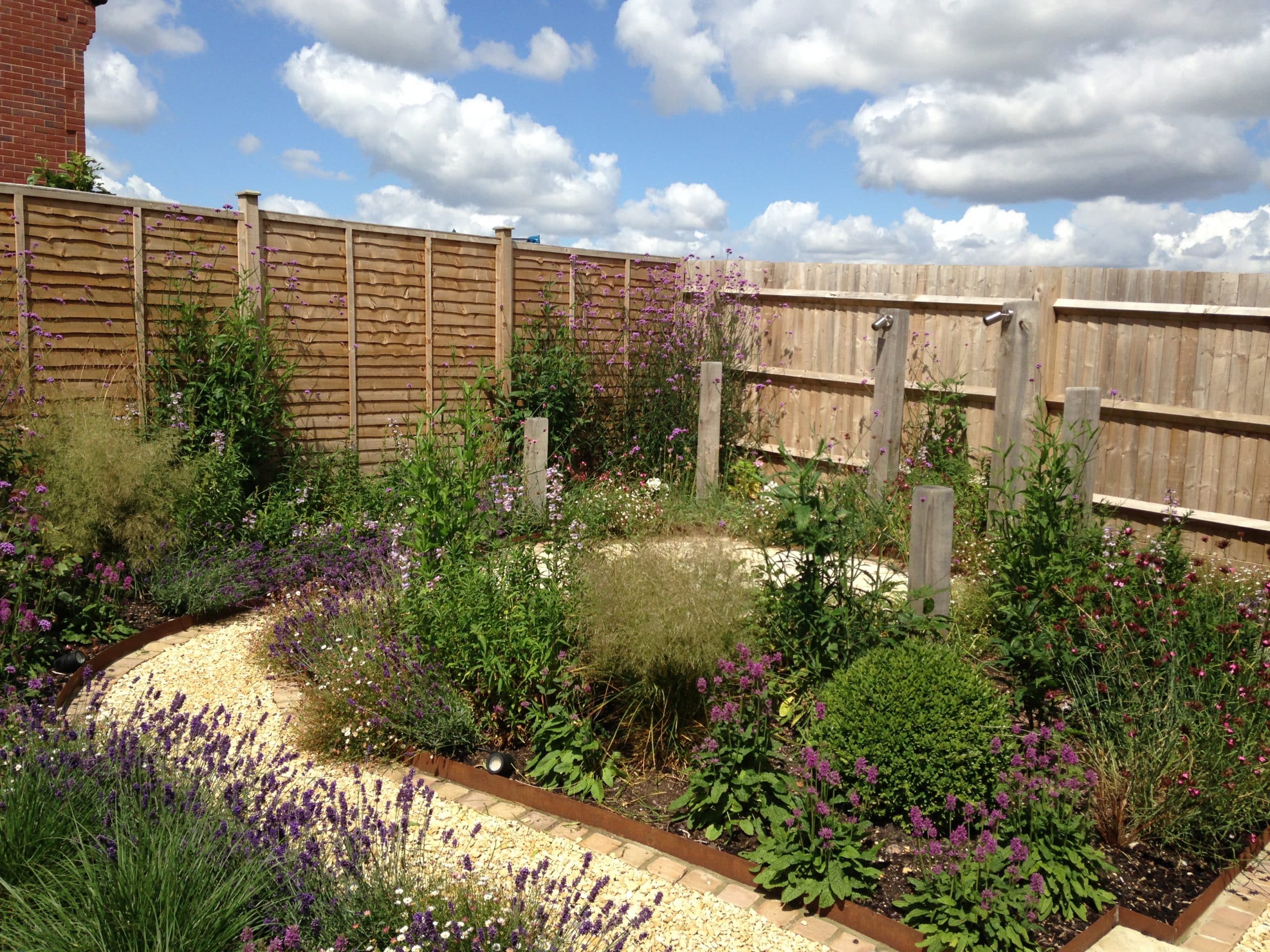
Future-Proofing your Garden
The trick to keeping a garden low-maintenance in the long run is to make sure it’s future-proofed from day one. Focus on grouping plants with similar water and light needs, and choose species that are well-suited to your local soil and climate. Laying down a thick layer of mulch will help suppress weeds and retain moisture, while allowing enough space between plants gives them room to mature without constant pruning. With a bit of upfront planning, your garden will need very little ongoing work, and still look great as it fills out and settles into its space.

